A building glows crimson. There is little to indicate where we are. No signage. No people. The image has a timeless quality. Peaceful, like some half-remembered dream drifting through the mind.
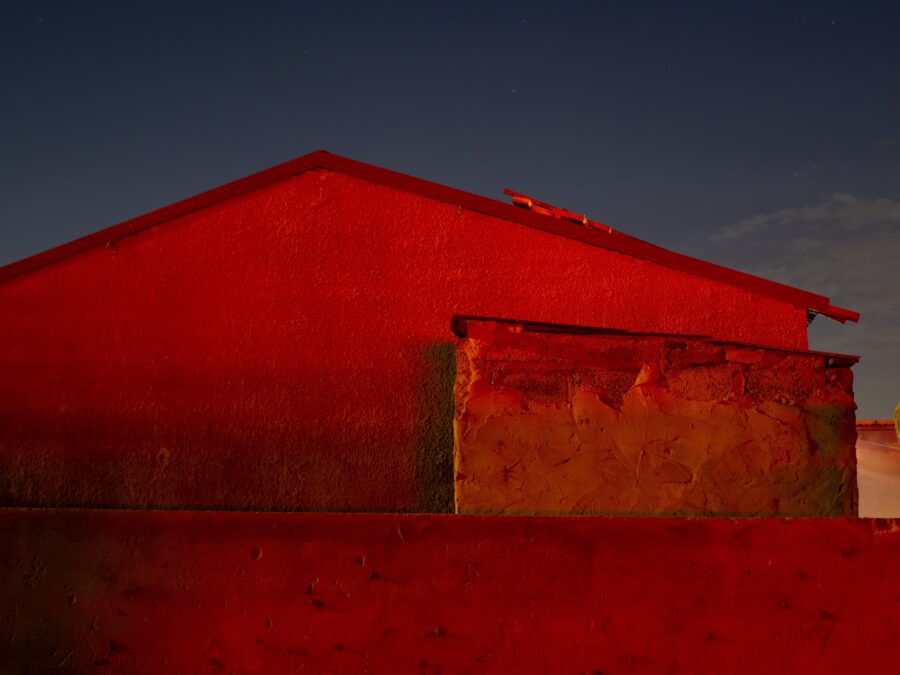

A building glows crimson. There is little to indicate where we are. No signage. No people. The image has a timeless quality. Peaceful, like some half-remembered dream drifting through the mind.

After its inaugural event was curtailed by the pandemic, Bristol Photo Festival returns with a second edition that is both locally rooted and outward looking
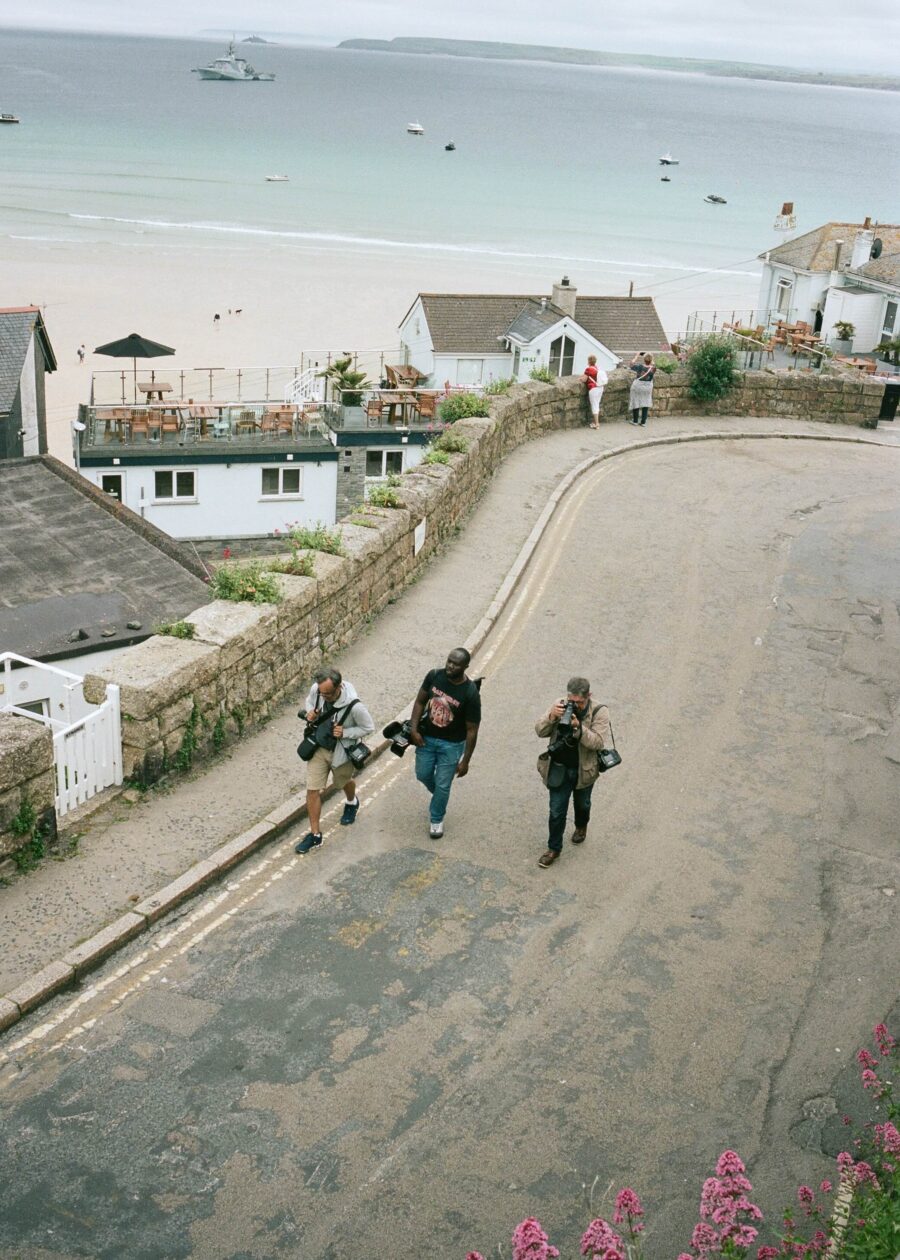
Photography and poetry have a long-standing connection and the pairing is enjoying renewed popularity. Rachel Segal Hamilton speaks with photographers and poets to find out why
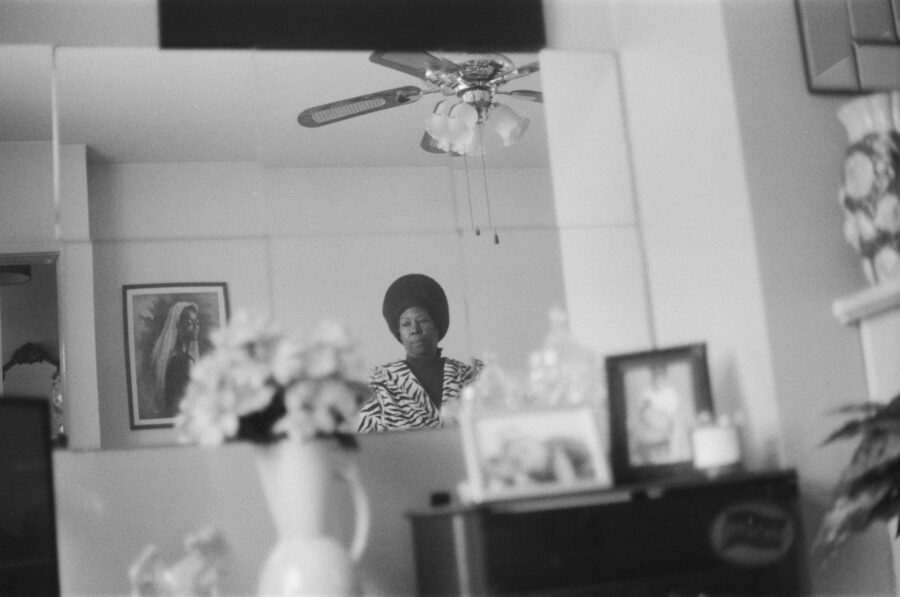
Informed by their day job as a social worker, Marley Starskey Butler traces their own complex upbringing through moving-image, text and photographs
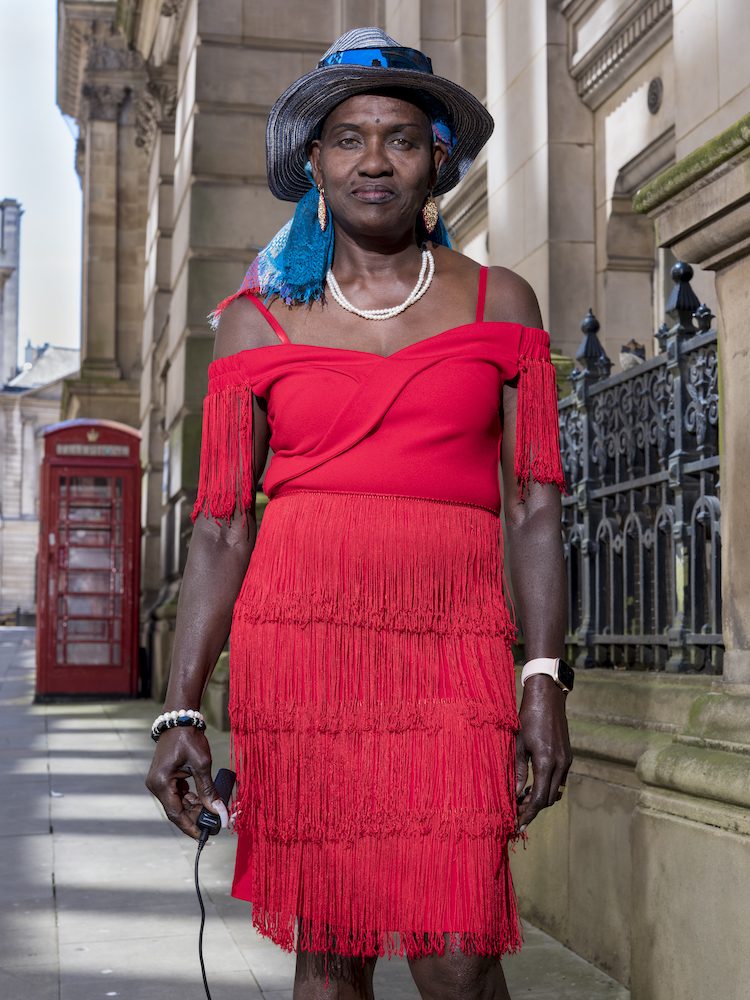
Many socially engaged practices rely on collaborations with marginalised communities – but if a photographer receives funding, should their participants also be paid?
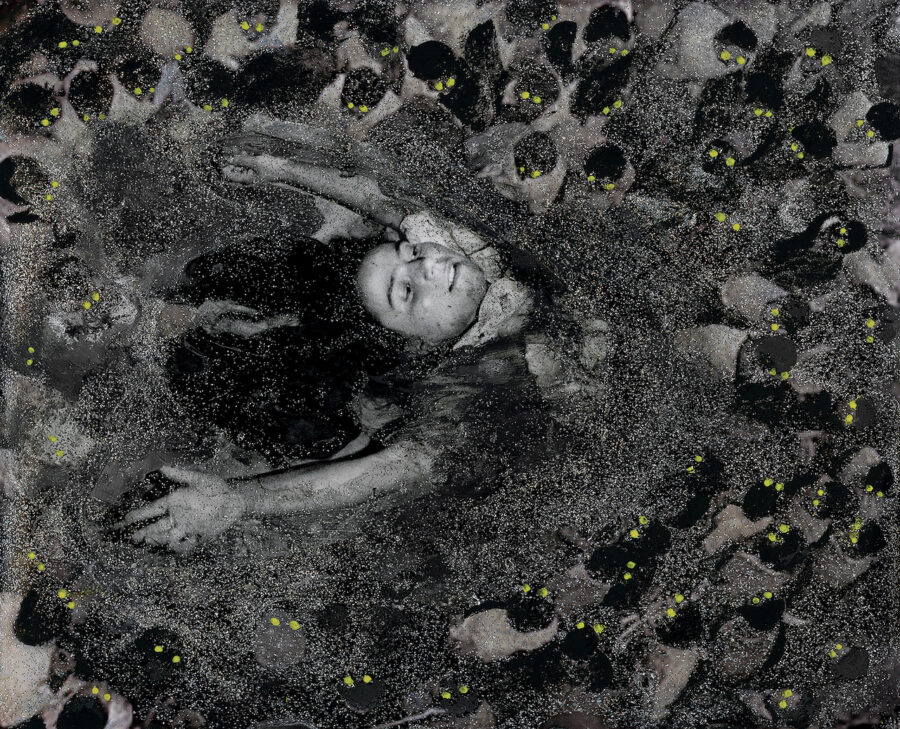
Noticing the lack of work by local photographers, Rollo initiated her own project, re-working found images and documenting festivals across Southern Italy

Blood, tears, boredom, rage, regret… “There is,” says photographer Diana Karklin, “a B-side to the story of motherhood that is rarely talked about.”

The winners of this year’s award explore culture, identity, motherhood and more, visualising powerful stories in striking new ways
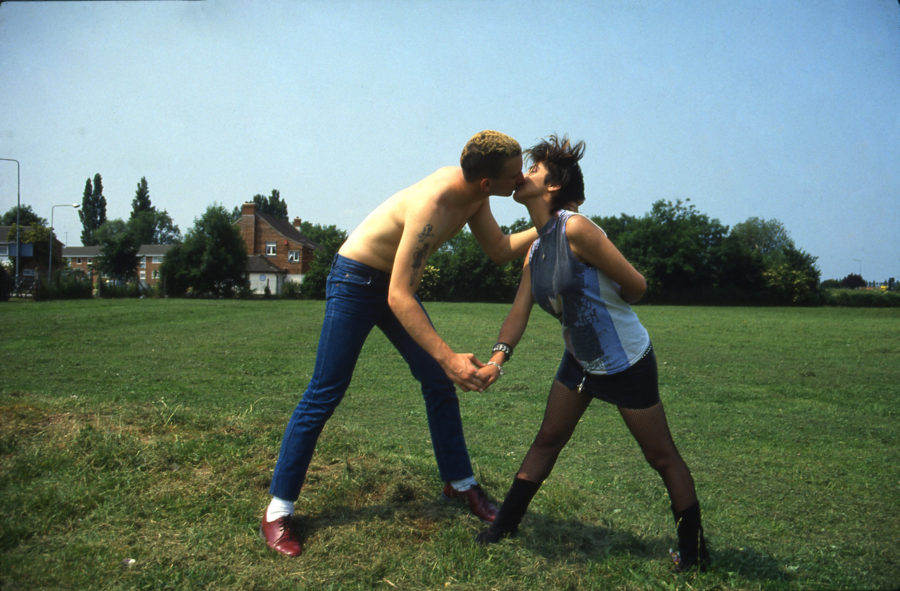
Presenting images, objects and personal stories by professional photographers as well as the public, the extensive show documents lived experiences of young people from the 1920s to today